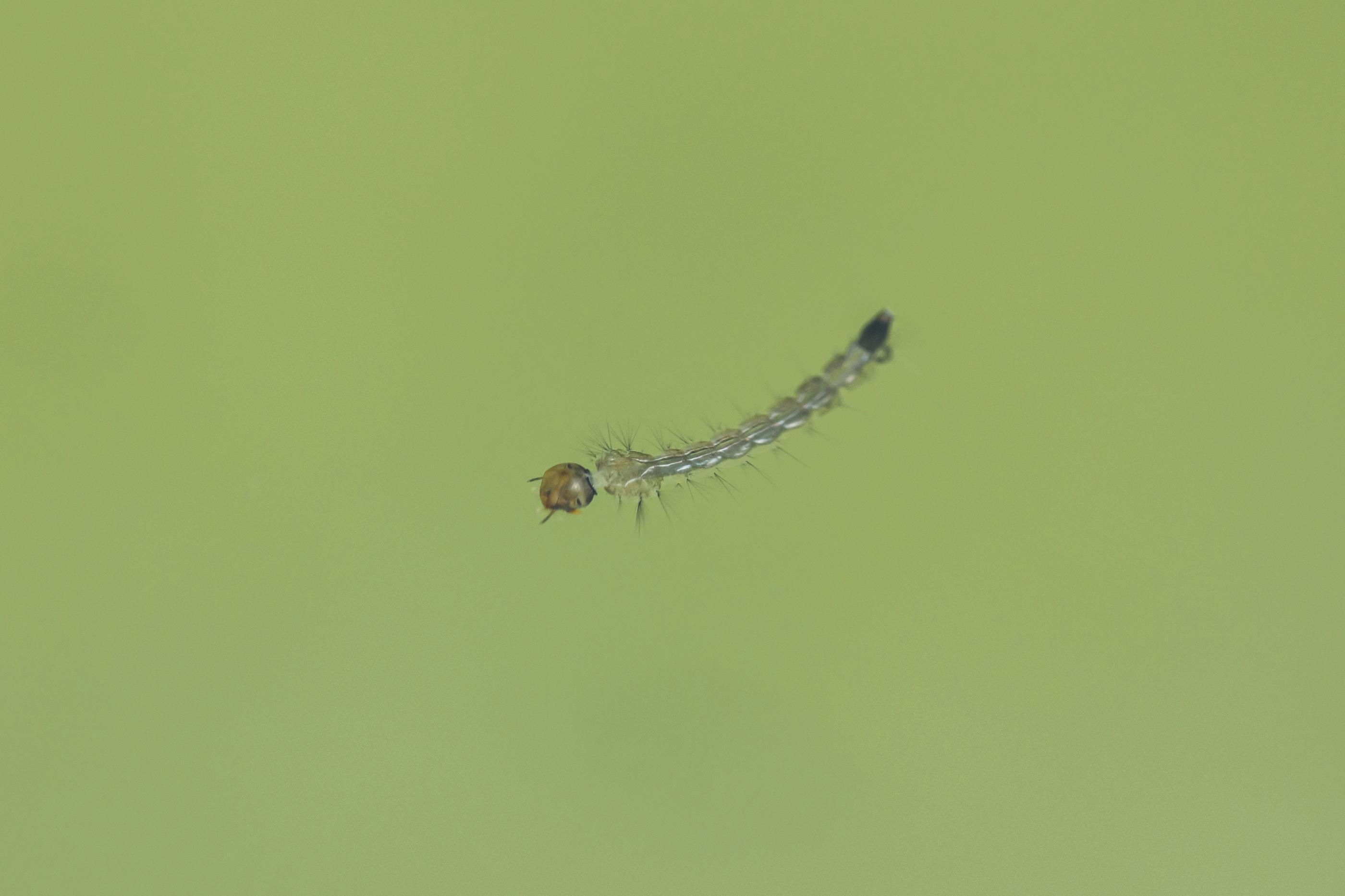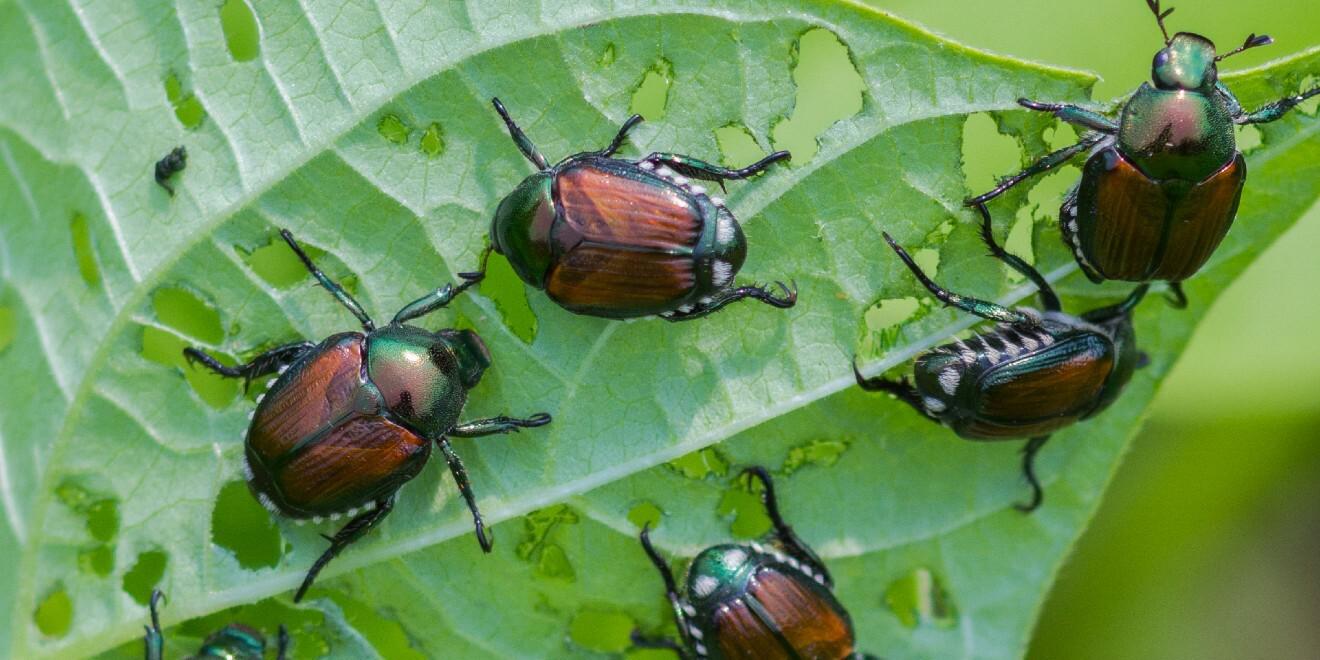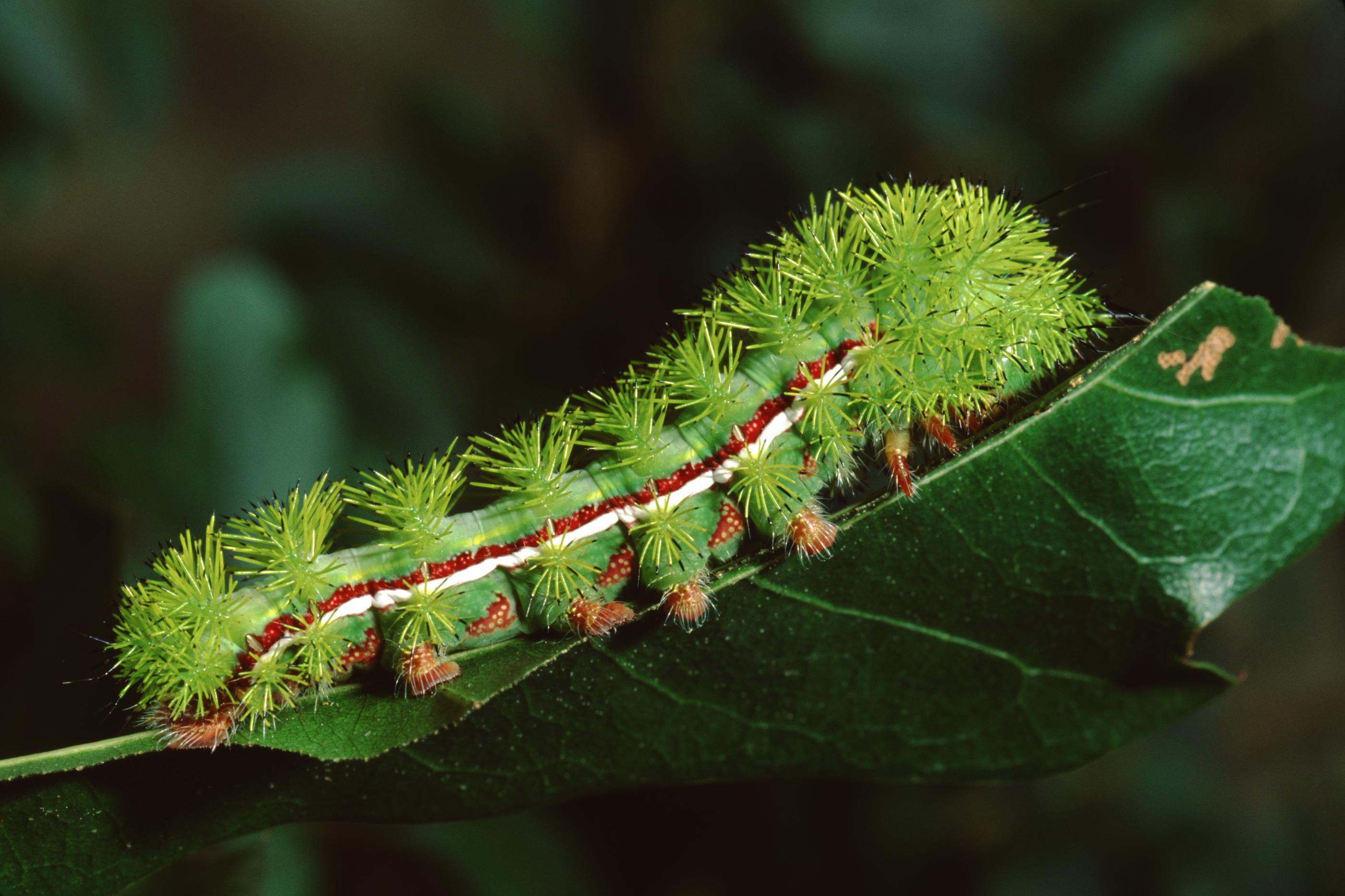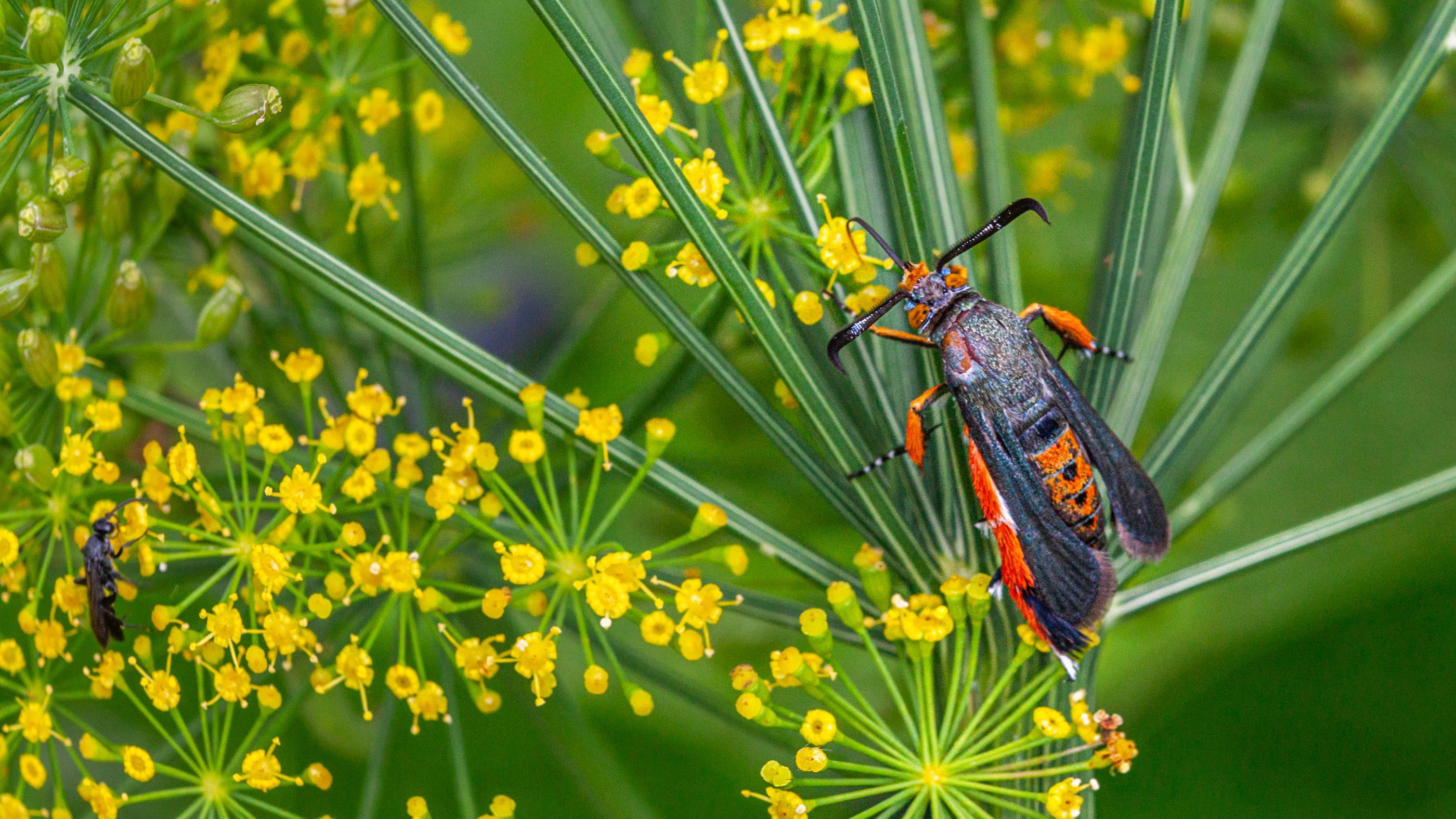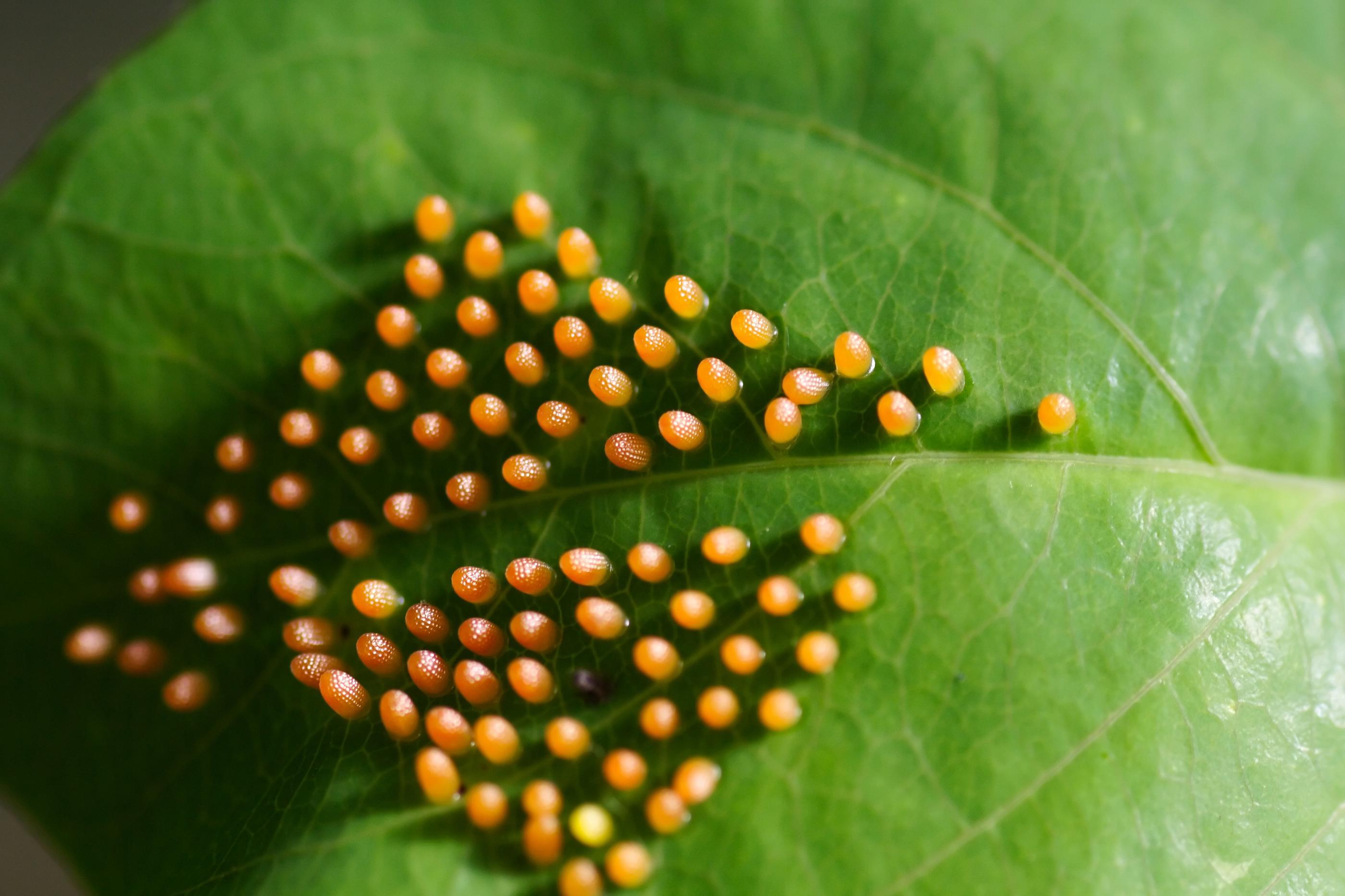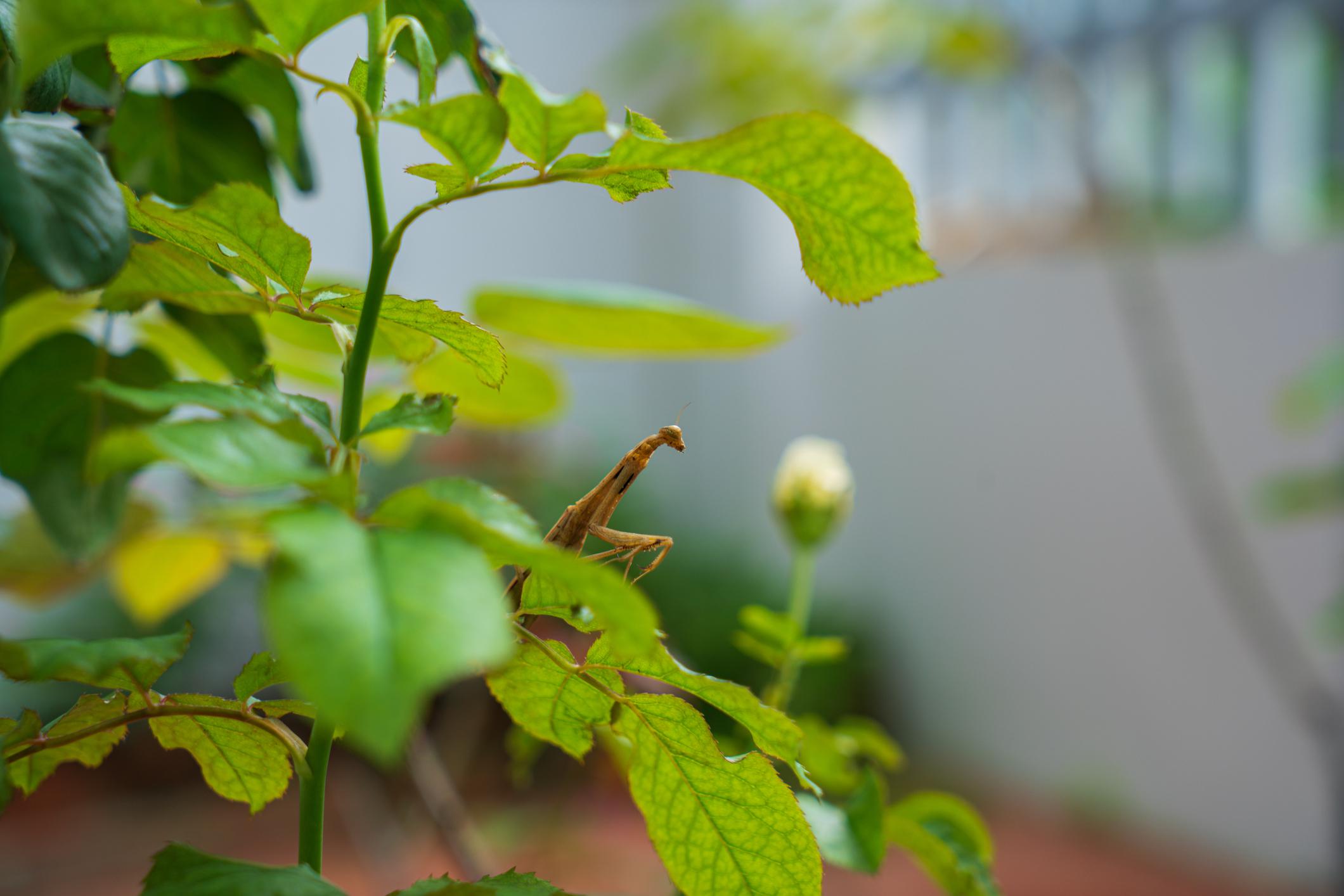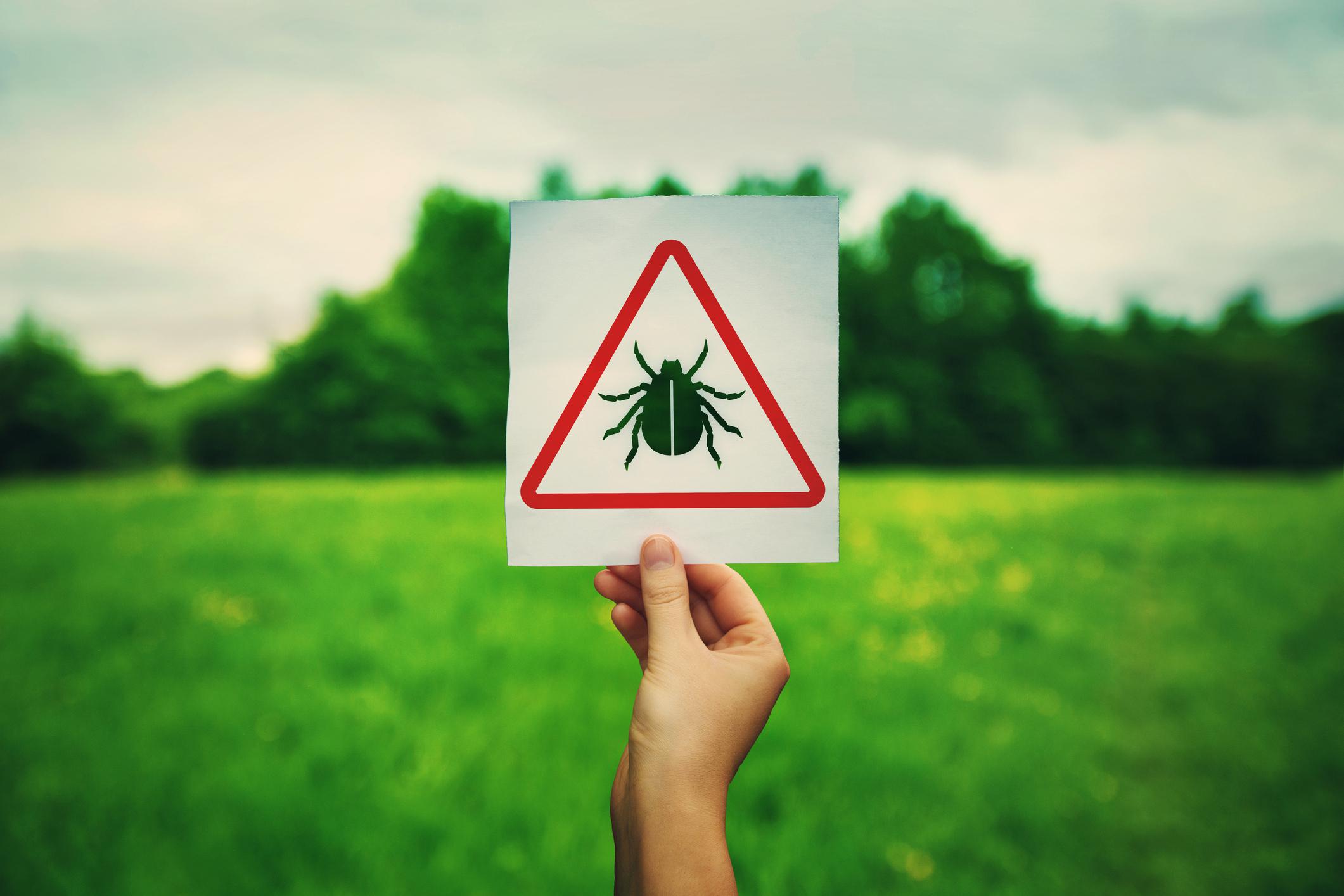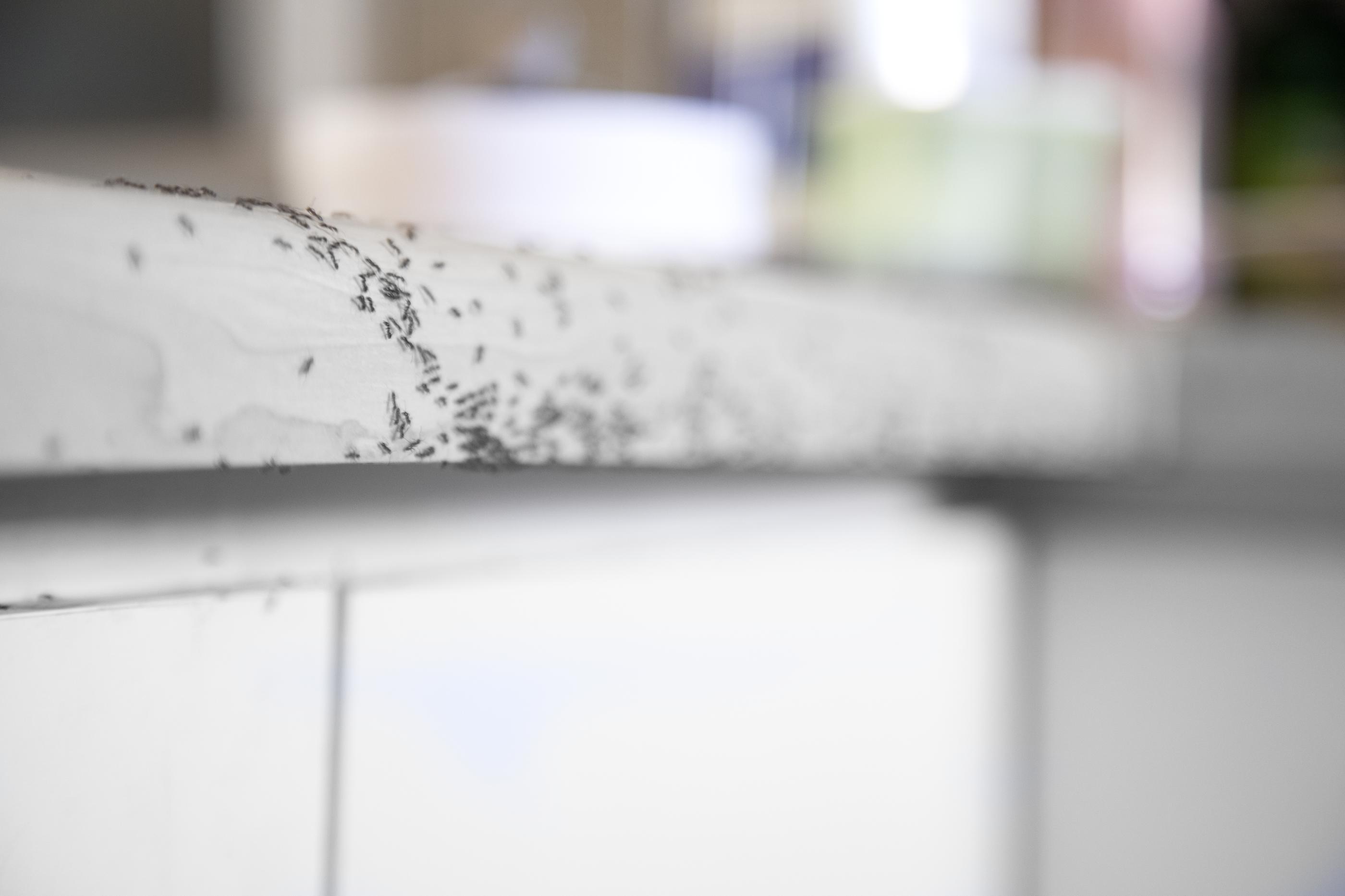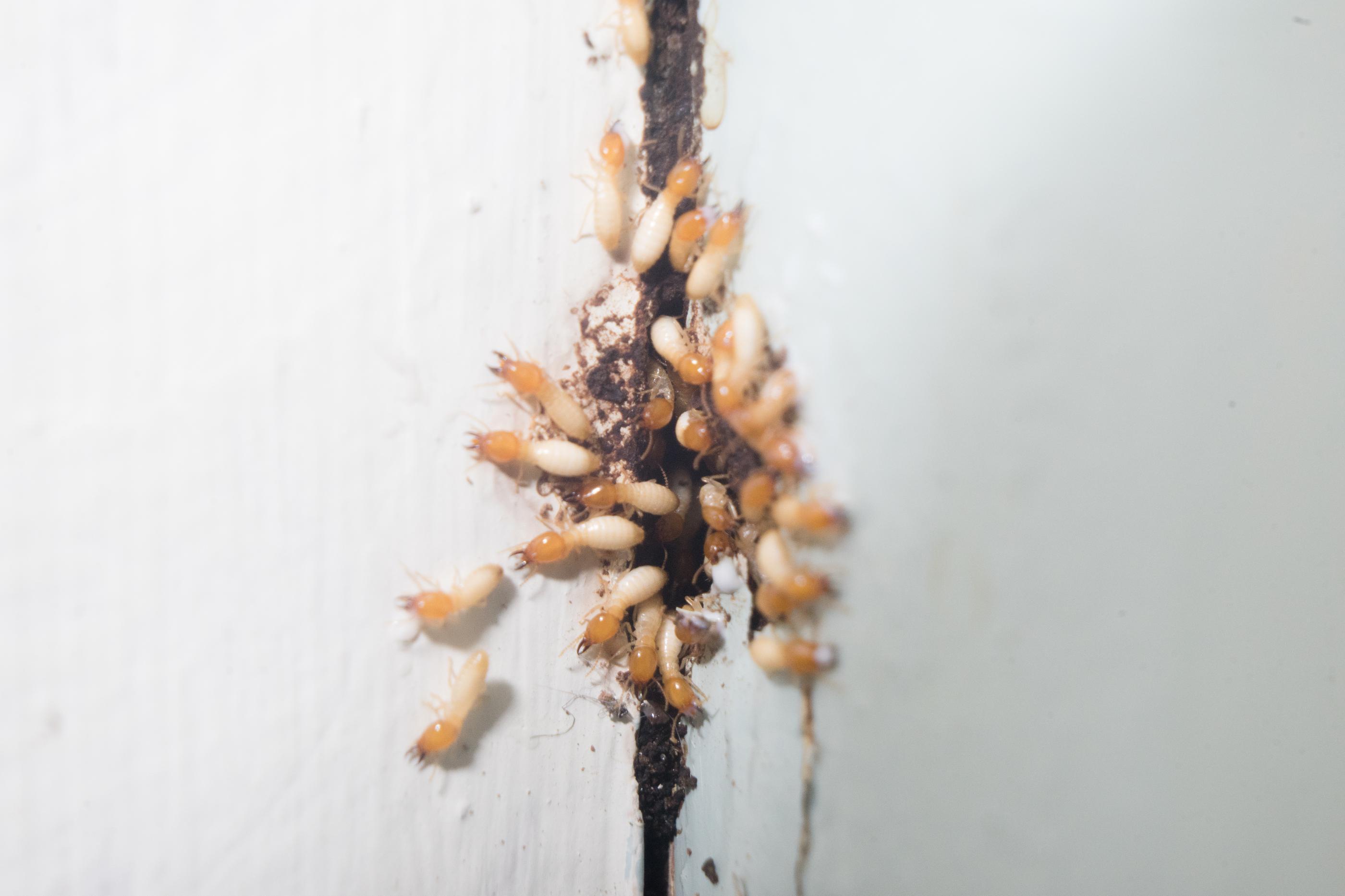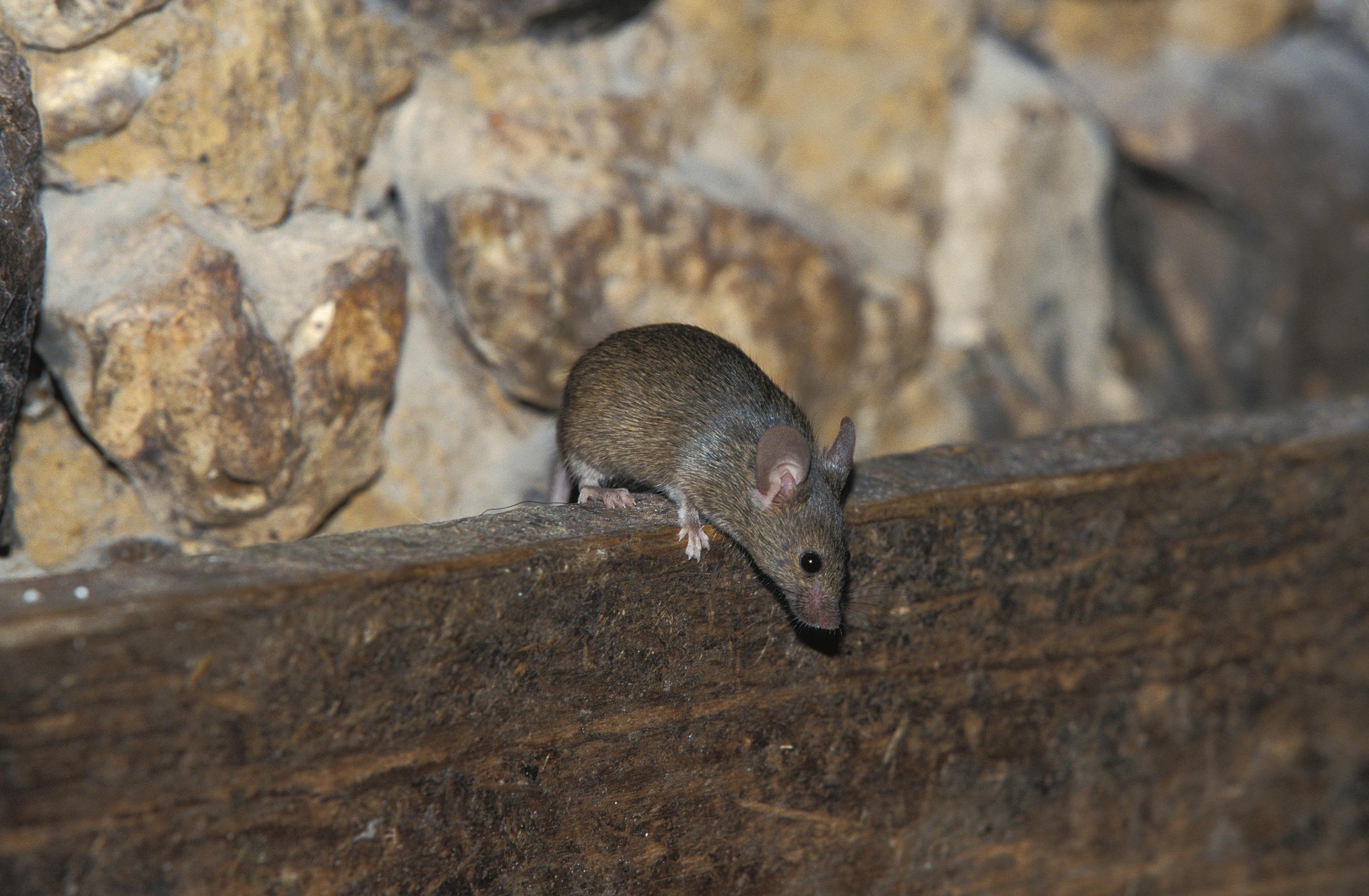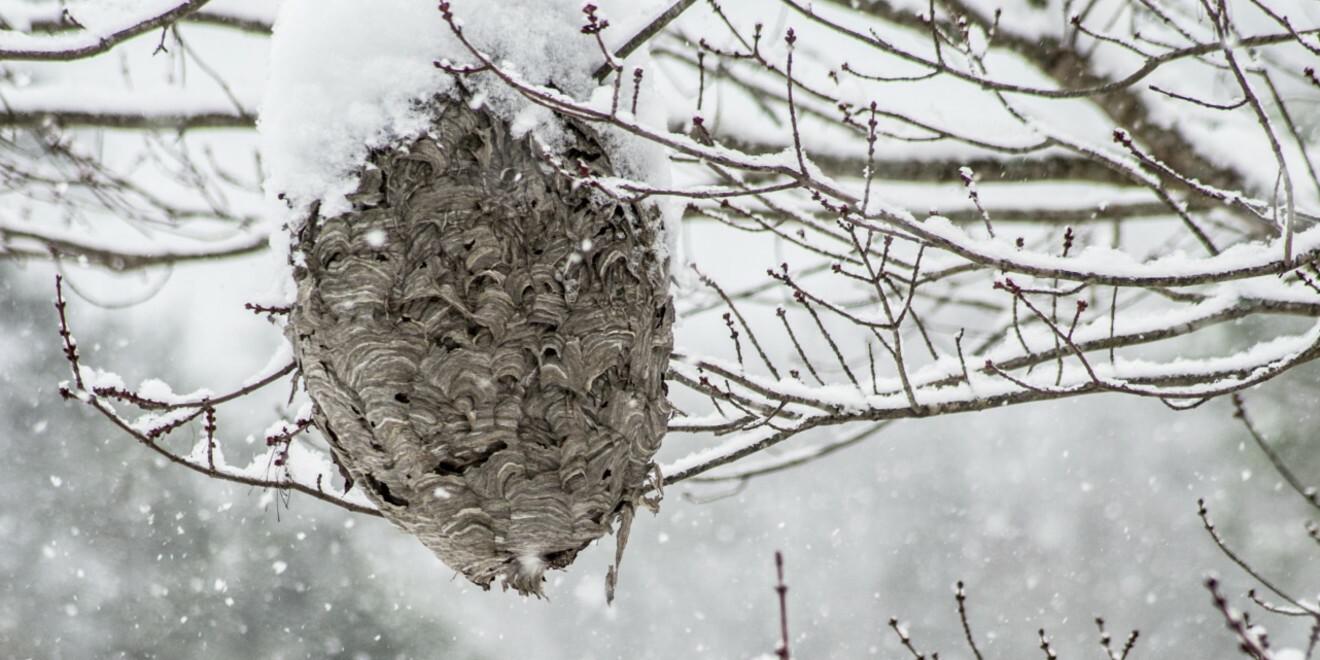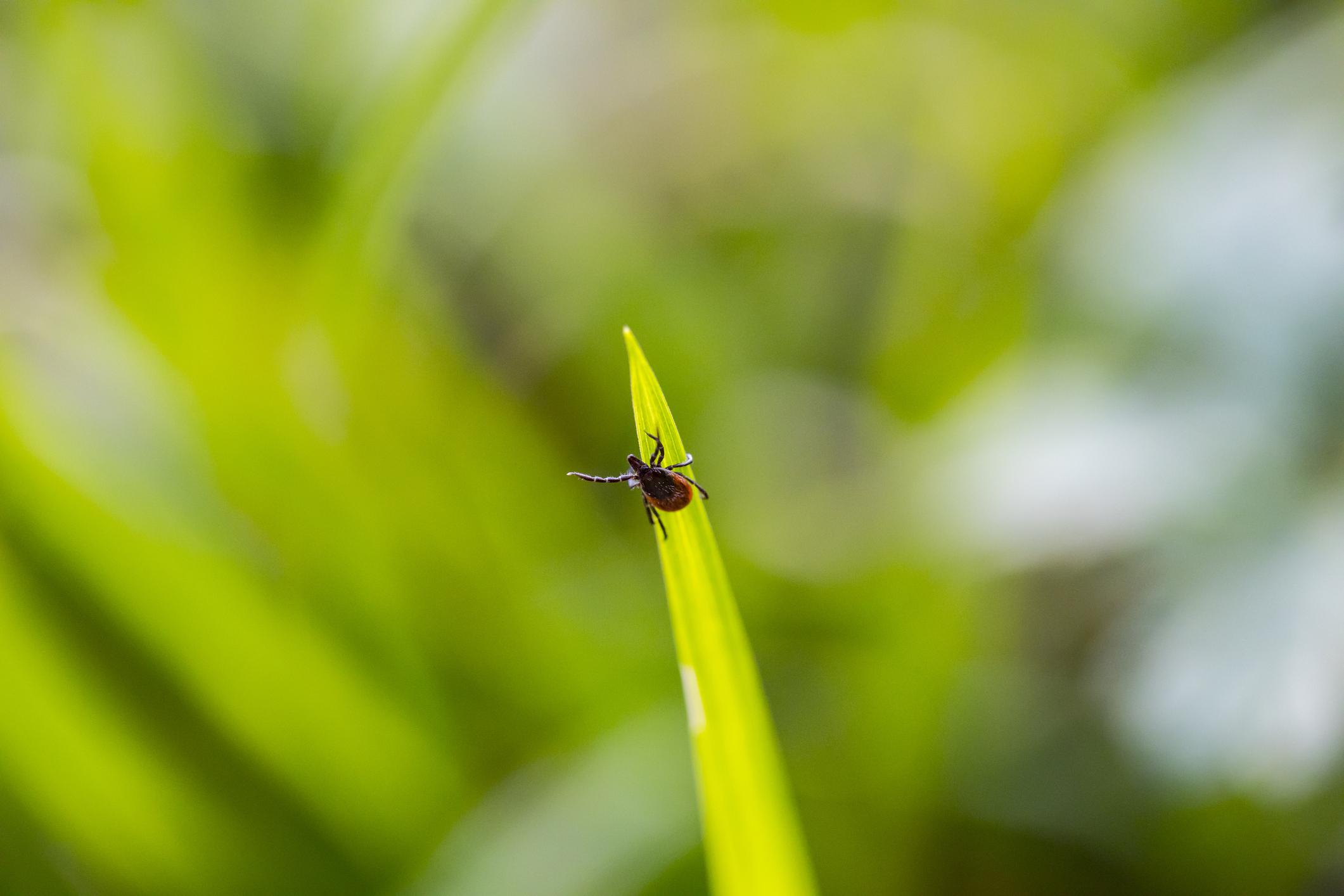Know Your Mosquito: Aedes Albopictus or Asian Tiger Mosquito
Posted by Mosquito Squad
December 19, 2023

The Aedes albopictus mosquito is also called the Asian Tiger Mosquito. It migrated to the United States from Southeast Asia, landing in Houston around 1985 and reaching Austin not long after. It is easily recognized by its black and white striped body and legs. It is a smaller mosquito, between 2 mm and 10 mm long (its size varies depending on the conditions when it hatches), and it is a quick and aggressive biter that will fly off mid-meal if you attempt to swat it, completing its meal later from the same person or someone else. Bites are more noticeable than from some other species, and tend to be around the ankles and lower legs. In fact, these mosquitoes are sometimes called “ankle biters.” Aedes albopictus is active at dusk and dawn, but also during the day, resting primarily at night.
There are several important diseases that Aedes albopictus can transmit, including the yellow fever virus, dengue fever, chikungunya, West Nile Virus, several encephalitis strains and potentially Zika, as well as dog heartworm.
There are several factors that make this insect an important pest for humans in Texas and around the world.
- It tends to live near people and we are an important food source.
- It likes to lay eggs above the waterline of stagnant water or water that has collected in containers such as plant saucers and plastic containers. An ounce of water or less is sufficient, and sources like these are prevalent around human settlements.
- It bites other mammals, including dogs, cats, squirrels, deer and other mammals, and it bites birds, so it is capable of carrying diseases across species.
- It is common for a female to take blood from several individuals in order to lay one batch of eggs, allowing for disease transfer between humans.
Aedes albopictus is a weak flyer and does not travel far from where it hatches, less than 200 meters, so if you have them in your yard, their breeding source is within about 1/10th of one mile of your house. Look for puddles that last more than three days, bird baths that aren’t dumped out and refilled every other day, plant saucers, French drains, sagging or plugged roof gutters, tree holes, old tires, and any other possible containers or pools of standing water.
Aedes albopictus eggs are laid singly and they are tiny, about 1 mm in length. They can overwinter and then hatch in the spring when conditions are right. The entire life cycle from egg to adult can be as short as 7 days if conditions are right, and the female will take her first blood meal within three days of emerging. Adults live up to about one month.

